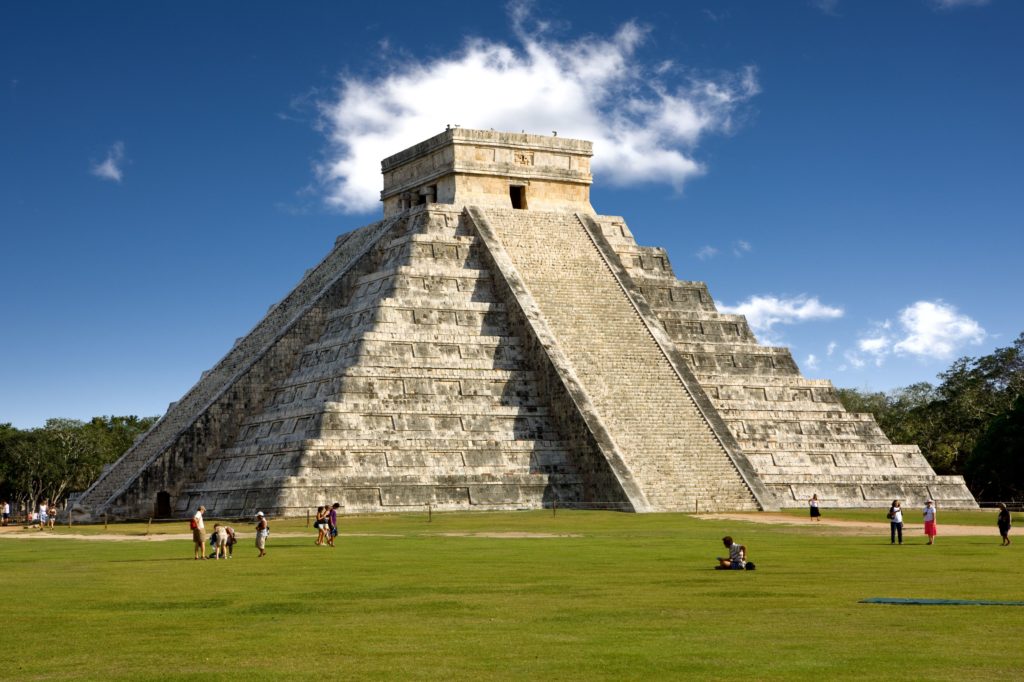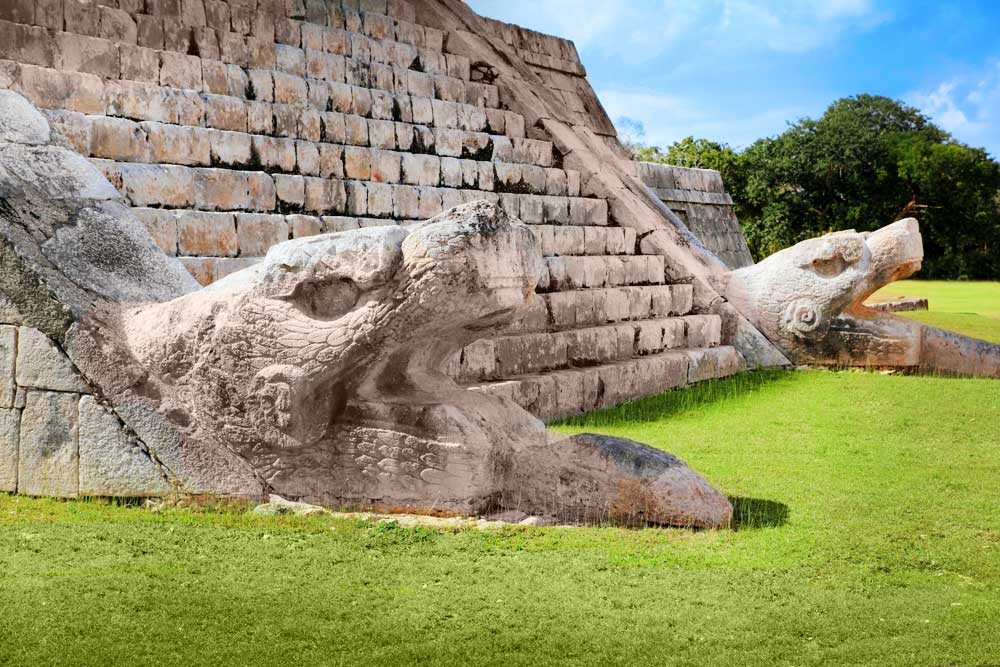4 intriguing facts behind the Spring equinox
Throughout the world, the mark of Spring extends far beyond storing our Winter jackets back in the garage or witnessing the bloom of vigorous flowers. Many people regard this season as the mark of a new era, one that is praised by performing multiple rituals to embrace its arrival. This is perfectly illustrated by the Spring equinox in Chichen Itza, Mexico.
This historic site — designated one of the New Seven Wonders of the World— reserves an abundance of ancestral magic during the Spring equinox. However, do you know what lies behind this event?

1. The Spring cycle
You’ll come to realize that there are a number of events which are repeated again and again, for instance, the movement of the earth around the sun which, among other aspects, gives way to the arrival of this season.
Just when the sun moves north across the celestial equator is when the Spring equinox arises, which usually transpires on March 21. Notably, two key concepts summarize this natural phenomenon; equinox, which originates from Latin aequinoctium that translates into “equal night”, and Spring, which is the “first greenery”.
This is the time of the year when night and day are nearly the same lengths, the temperature is warmer, plants start to bloom, and also the energy feels a bit unusual.
2. The Mayan civilization
Thousands of years ago, Mexico’s multiple pre-Hispanic cultures developed their own view of the world, marking the origin of legends and traditions, some of which relate to the beginning of new cycles that are now part of our cultural wealth.
Shining some light on the Mayan culture, a civilization with an astonishing history of almost 3,500 years, this pre-Columbian town was settled in Yucatan, in southeastern Mexico. Characterized by its legacy in arts, architecture, mathematics, and astronomy, the Mayan inhabitants managed to build an extraordinary 17 calendars, each imprinting specific cycles related to agriculture and religion, just to name a few.
Chichen Itza, one of the vastly recognized archaeological sites around the world, is where some of the most prominent architectural structures can be found, such as the Caracol, the Temple of the Warriors, and the pyramid of Kukulkan.

3. The Mayan civilization and their interpretation of the world
To delve into the belief system of the Mayan civilization means learning about their understanding of the universe which they divided into 3 levels:
- The sky, which was divided into 13 levels
- The earth described as a plane with 4 directions
- The underworld, divided into 9 tiers
The connection of these three levels —as they had implied— evoked a cyclical process, which has granted the illustration of this concept in their entire culture. A clear example is the Sun, as it signified a source of life as well as the power of death. This star —labeled Kinich Ahau by the Mayas— was considered a supreme divinity, since its contact between heaven, earth, and the underworld was an endless cycle, in such a way that it granted a direct or indirect connection with their gods.
Another of its most influential deities —which among other characteristics— relates to nature and specifically agriculture, is Kukulkan or feathered serpent. Its temple in Chichen Itza holds a meaning that combines its entire beliefs, particularly with the sun god.

4. The arrival of Kukulkan
Due to the vast astronomical knowledge of the Mayas, combined with their architectural expertise, they were able to welcome Kukulkan every year, who descends through the various levels of the sky, spreading its essence while fertilizing the fields and restoring the flora.
This is highlighted during the mark of the Spring equinox in Chichen Itza. On the northwest facade of the temple, as the light makes its way onto the surface, it creates a peculiar effect of light and shadow that projects triangles on the steps, alluding to the feathered serpent. As the minutes pass by, it simulates its descent and the beginning of a new season.
The mysticism and energy of the region felt amongst all who visit is utterly astounding that it has managed to prevail and spread across the whole world.



